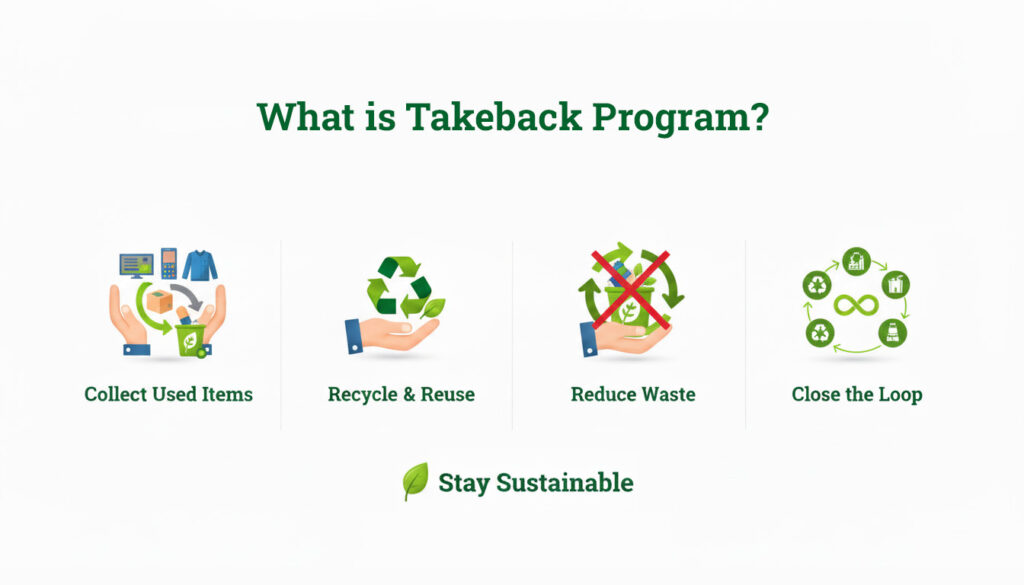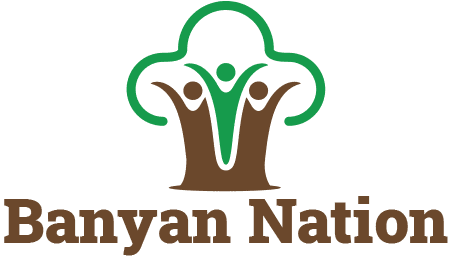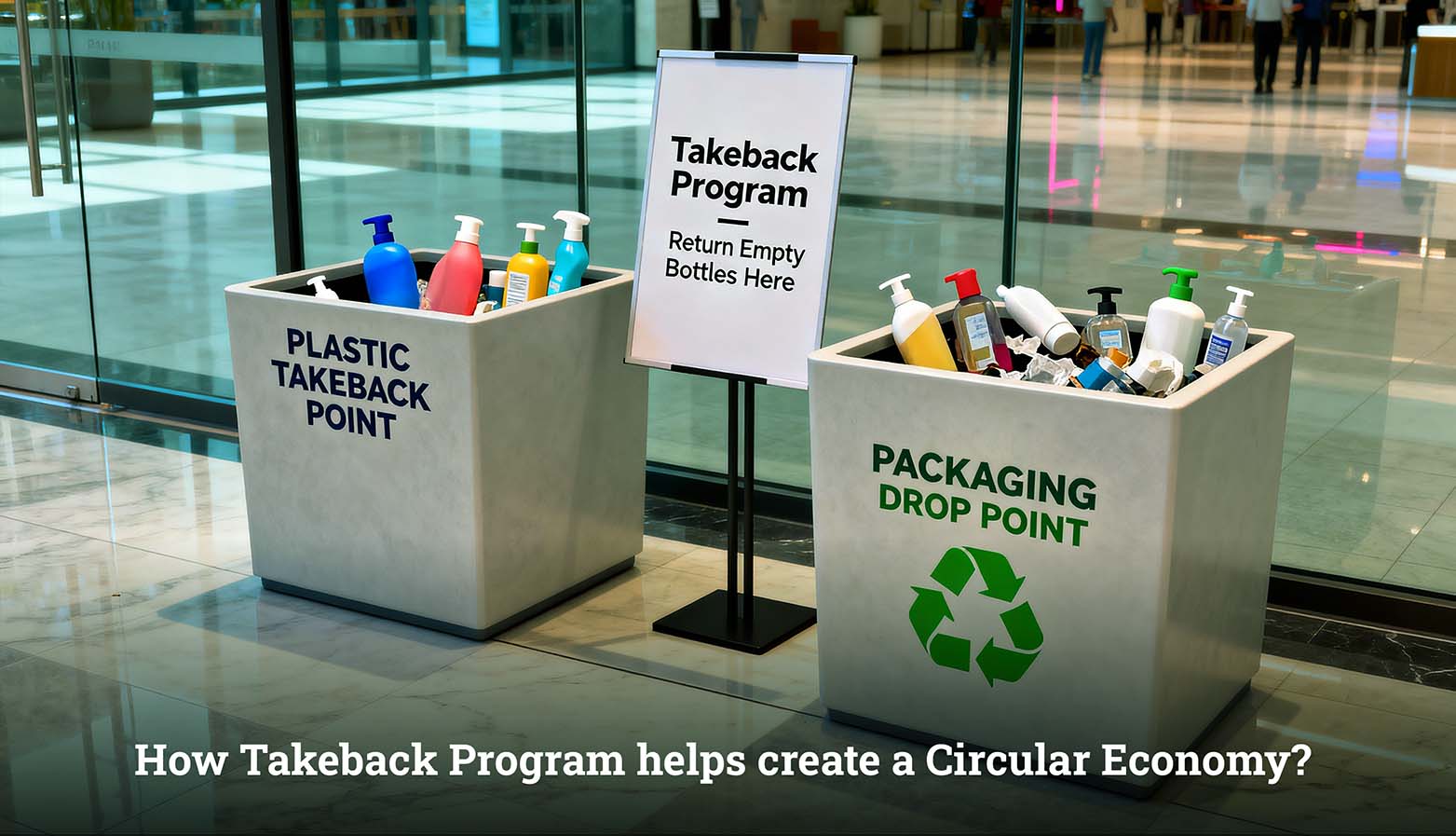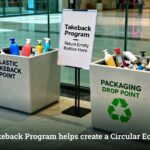Introduction
A takeback program represents one of the most effective and progressive approaches for encouraging sustainable manufacturing and consumption patterns across various industries. With increasing environmental challenges facing businesses today, takeback initiatives have become increasingly important for corporate sustainability efforts. These initiatives allow companies and producers to take responsibility for their products throughout the entire product journey from conception to disposal, ensuring that components are reused, recycled, or handled appropriately once they have served their purpose. Such initiatives not only minimize waste production but also help conserve valuable resources, limit pollution, and support the creation of a more sustainable economic model that emphasizes reuse and regeneration.
Fundamentally, a takeback program facilitates the shift from the conventional linear “take-make-dispose” approach to a circular framework where resources maintain their utility for extended periods. This system motivates consumers to return previously used items while encouraging manufacturers to incorporate recovered materials back into fresh production processes. For organizations, particularly those operating in FMCG, electronics, and packaging industries, the takeback mechanism provides a competitive edge, assisting in meeting Extended Producer Responsibility (EPR) requirements, enhancing brand credibility, and advancing sustainability objectives. Comprehending the mechanics of takeback programs and utilizing their advantages can support industries in moving toward a genuinely circular framework where waste transforms into a valuable resource.

What is Takeback Program?
A takeback program is basically a structured way for companies, brands, or organizations to collect products, packaging, or materials from customers once they’ve reached the end of their useful life. The main goal of these programs is to handle these items in an environmentally friendly manner by recycling or finding new uses for them, instead of just letting them pile up in garbage dumps.
Within the sustainability framework, the significance of takeback programs stems from their capacity to complete the resource cycle, promoting reuse, refurbishment, and material recovery to generate fresh value from discarded waste.
Typical examples encompass:
- Electronics manufacturers gathering used equipment for recycling purposes.
- FMCG companies recovering plastic packaging for reprocessing activities.
- Clothing brands collecting worn garments for upcycling initiatives.
- Paint, mattress, and battery manufacturers establishing collection locations for secure disposal.
How Take-Back Programs Work?
To comprehend the functioning of takeback programs, examining their operational process and primary stakeholders proves beneficial. A properly designed takeback mechanism generally incorporates multiple phases that enhance the process’s effectiveness and expandability.
Essential elements in takeback program operations encompass:
Collection infrastructure establishment
Companies or partners create collection containers, drop-off locations, or retail return mechanisms.
Consumer engagement
Customers return their used items (such as bottles, electronics, textiles) either without charge or through incentive programs.
Sorting and categorization
Returned materials undergo separation based on type, condition, and recyclability factors.
Recycling or restoration
Viable materials proceed to recycling facilities, while items in acceptable condition may undergo refurbishment or reuse.
Production reintegration
Recycled materials return to the manufacturing cycle, decreasing reliance on new raw materials.
The above structure ensures the takeback program functions effectively, aligning consumer actions and business practices with circular economy fundamentals.
Implementing Take-Back Systems
Establishing a takeback mechanism demands careful planning, cooperation, and public awareness. The value of takeback programs can only materialize through organized approaches that engage all essential participants—manufacturers, consumers, recyclers, and policymakers.
Successful implementation approaches involve:
Regulatory compliance
Maintaining adherence to EPR and waste management requirements.
Infrastructure creation
Establishing collection sites, transportation networks, and processing centers.
Consumer awareness
Conducting educational initiatives to promote participation and responsible product returns.
Collaborative partnerships
Working with recycling companies, NGOs, and waste collectors for enhanced reach and effectiveness.
Monitoring and evaluation
Employing digital systems to track collection quantities, recycling percentages, and environmental impact measurements.
These initiatives reinforce the takeback mechanism, establishing it as a sustainable and expandable component of business activities.
Benefits of Take-Back Initiatives
The benefits of takeback programs comprise environmental, economic, and social dimensions. These initiatives not only aid in minimizing waste but also foster innovation and enhance the efficiency of material use.
Key benefits of takeback initiatives include:
Waste reduction
Diverts significant amounts of items and packaging from disposal sites.
Material recovery
Enhances the repurposing of precious materials such as plastics, metals, and glass.
Costs
Reduces costs associated with acquiring new materials and managing waste.
Compliance support
Aids businesses in meeting EPR goals and sustainability standards.
Brand reputation and customer loyalty
Builds trust with environmentally conscious consumers.
The overall importance of takeback initiatives stems from their capacity to merge environmental responsibility with business growth, fostering innovation for a sustainable future.
How Take-Back Initiatives Support the Growth of Circular Economy
By enabling continuous material recovery and reuse, takeback programs act as vital agents for the circular economy. They ensure that resources are reintegrated into the supply chain instead of being thrown away.
Here’s how takeback initiatives encourage circularity:
Recycling integration
Materials collected via takeback systems are processed into recycled base materials.
Product redesign
Producers develop more recyclable, modular, or refillable products to align with program goals.
Supply chain collaboration
Partnership among brands, recyclers, and consumers strengthens the whole system.
Reducing carbon footprint
Using recycled materials lowers emissions linked to the extraction of raw materials.
Ultimately, broadening takeback initiatives creates a ripple effect, embedding sustainability into each stage of the product lifecycle. This method transforms waste into new resources, fulfilling the cycle that defines a circular economy.
FAQ's
What objective does the takeback initiative serve?
The objective involves ensuring responsible collection, recycling, and reuse of products at their lifecycle conclusion, reducing waste and encouraging circularity.
Do Take-Back Programs Support Environmental Sustainability?
Yes, takeback programs support sustainability by decreasing landfill waste, preserving resources, and reducing carbon emissions through effective material recovery processes.
What Effects Do Take-Back Programs Have?
They create positive environmental impacts, enhance recycling infrastructure, and encourage behavioral changes among companies and consumers alike.
What Are Examples of Take-Back Program Effects?
Examples include electronics recycling initiatives, clothing return programs by fashion companies, and packaging recovery in FMCG sectors, each showcasing practical circular economy achievements.


 What is Takeback Program & Their Role in Building a Circular Economy
What is Takeback Program & Their Role in Building a Circular Economy What Is a Waste Audit and Why Should Recycling Companies Conduct One?
What Is a Waste Audit and Why Should Recycling Companies Conduct One? How Greenwashing Affects Plastic Recycling?
How Greenwashing Affects Plastic Recycling? What is Polypropylene Plastic?
What is Polypropylene Plastic? Why Choose Banyan Nation as your EPR Consultant in India?
Why Choose Banyan Nation as your EPR Consultant in India?

